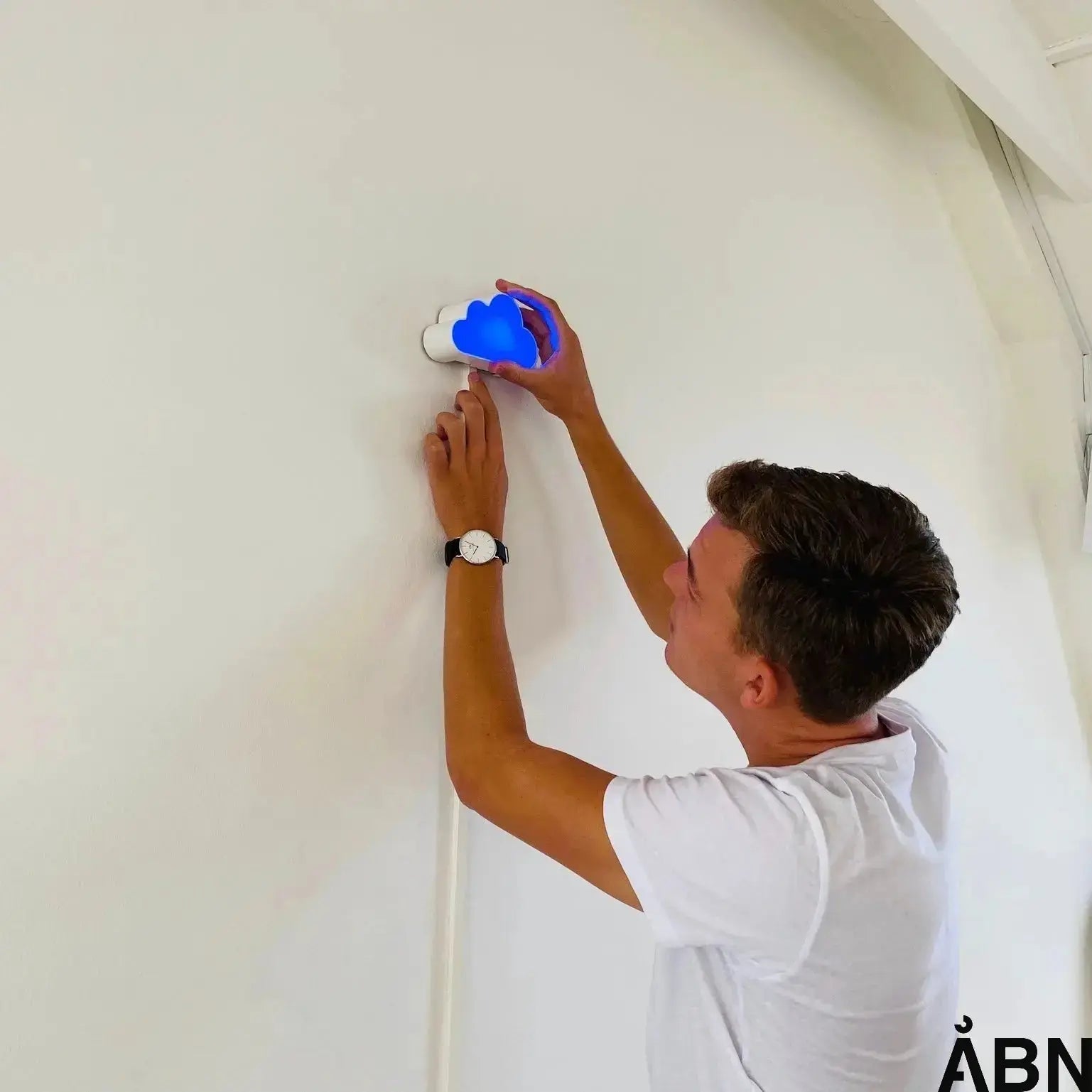How often should you air out?
When it comes to ensuring a good indoor climate, ventilation is one of the most important factors to consider. The air quality in our surroundings plays a crucial role in our health and well-being, both at home and at work. But how often should you actually ventilate to maintain good air quality?
Ventilation and health
According to sundhed.dk , good ventilation is essential for ensuring a healthy indoor climate. Effective ventilation helps remove pollutants and excess moisture from the air, which can reduce the risk of diseases and allergies. In addition, poor ventilation can lead to headaches, fatigue and reduced concentration.
How often should you air out?
According to sparenergi.dk , it is a good idea to air out several times a day, especially in homes with many people or in rooms with high humidity. It is recommended to air out for 5-10 minutes at a time to create an effective air exchange. A good rule of thumb is to air out at least three times a day to ensure a fresh and healthy indoor climate.
Effective ventilation requires more than open windows
According to bolius.dk , it is important to be aware that ventilation is not just about opening windows. Effective ventilation also requires the right kind of mechanical extraction and air circulation in the home. There are various solutions that can help optimize the air quality in the home, such as smart sensors and air purification systems.
Other ways to improve air quality
According to sst.dk , there are several ways to improve the air quality in your home in addition to airing out regularly. It may be a good idea to avoid tobacco smoke, use hoods when cooking, and make sure to keep your home clean and dust-free. These measures can contribute to creating a healthier and more comfortable indoor climate.
FAQs
Why is it important to air out regularly?
It is important to air out regularly to remove pollutants and excess moisture from the air, which can improve air quality and reduce the risk of illness.
How can you optimize the air quality in your home?
You can optimize air quality by ventilating regularly, avoiding tobacco smoke, using hoods when cooking, and keeping your home clean and dust-free.
How many times a day should you air out?
It is recommended to air out at least three times a day for 5-10 minutes at a time to ensure effective air exchange.
Create a healthier indoor climate with ÅBN
At ÅBN, we work to make indoor climate as understandable as the weather forecast. With our innovative technological solutions, such as the Cloud and our technical documentation, we can help create a healthier and more sustainable indoor climate for both private and public buildings. We believe that a good indoor climate is crucial for our well-being and productivity.
If you would like advice, data or solutions to improve the air quality in your home or workplace, please feel free to contact us . We are always ready to help create a better indoor climate for everyone.









